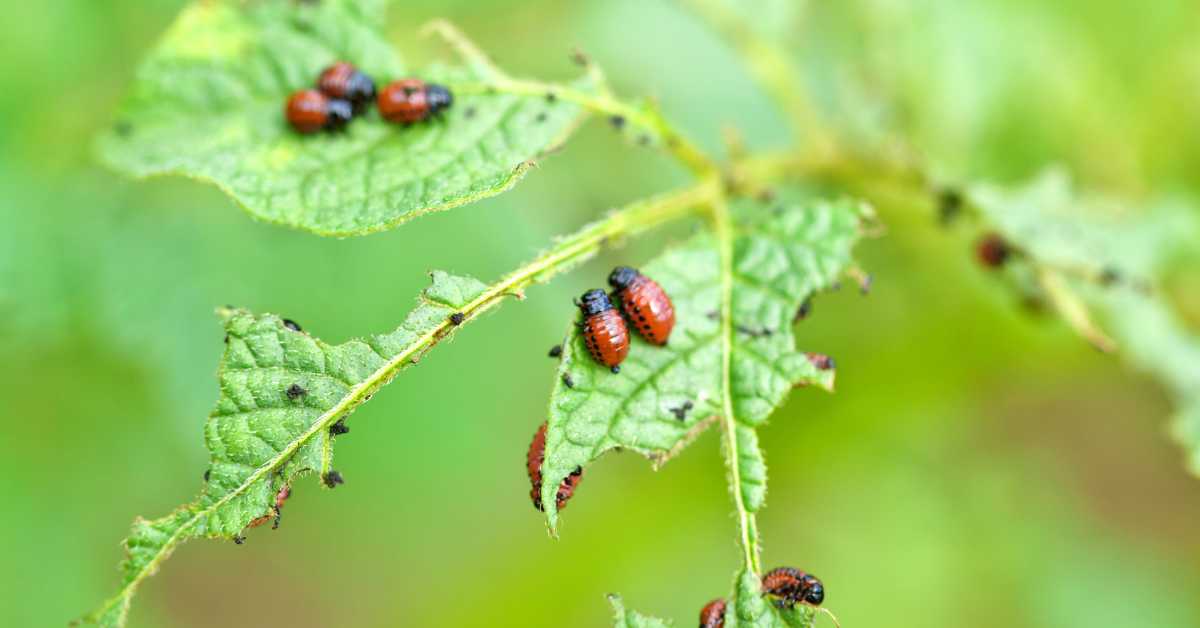Thyme is more than just a culinary staple—it’s a fragrant, hardy herb that enhances gardens, culinary creations, and even health routines. As an urban gardener or small-scale farmer, growing thyme offers versatility and value. AiFarming aims to equip urban farmers with the knowledge to maximize plant potential, and thyme is no exception. Here’s your guide to growing, nurturing, and making the most of this timeless herb.
1. Growing Thyme
Choosing the Right Variety
Thyme comes in many forms, including common thyme (Thymus vulgaris), lemon thyme (Thymus citriodorus), and creeping thyme (Thymus serpyllum). Each variety offers unique flavors, colors, and uses, so it’s important to choose one that suits your needs—whether for culinary use, ground cover, or ornamental appeal.
Planting Thyme
- Climate and Light: Thyme thrives in sunny locations with 6-8 hours of direct sunlight daily. While it can tolerate some shade, full sun ensures the strongest flavor and healthiest growth.
- Soil Conditions: This herb prefers well-draining soil with a pH between 6.0 and 8.0. If growing in containers, opt for a sandy, loamy mix and consider using an elevated planter to enhance drainage.
- Sowing Seeds vs. Cuttings: Thyme seeds are small and may take a few weeks to germinate. To speed things up, consider starting with cuttings or seedlings from an existing plant. Plant seeds about ¼ inch deep and space plants around 12 inches apart to allow for airflow.
Tip for AiFarming Users: Leverage AI-powered soil analysis to ensure the optimal pH and nutrient mix for your thyme plants. This ensures healthy roots and abundant growth.

Watering and Feeding Thyme
- Watering: Thyme is drought-tolerant and prefers soil that dries out between waterings. Overwatering can lead to root rot. Water sparingly, and make sure excess water drains away quickly.
- Fertilizing: Thyme doesn’t require heavy feeding. A light application of compost or organic fertilizer once in early spring is sufficient. Avoid nitrogen-rich fertilizers, as these can reduce the plant’s essential oil content, weakening its aroma and flavor.
Transplanting and Pot Considerations
For urban growers, container gardening offers flexibility. Use a pot with good drainage and ensure thyme has enough room for root expansion. Terracotta pots are an excellent choice as they allow for airflow and moisture control.
2. Caring for Thyme
Pruning and Maintenance
Regular pruning promotes a bushier, healthier plant. Trim back about a third of the plant after flowering to encourage new growth and keep the plant from becoming too woody. This also enhances the herb’s potency.
- Winter Care: Thyme is hardy but benefits from mulch during harsh winters. Indoors, ensure it gets sufficient sunlight and avoid overwatering.
Harvesting Thyme
Harvest thyme throughout the growing season by cutting sprigs with scissors or pruning shears. Aim to cut just before flowering, when the essential oils are at their peak. For best results:
- Morning Harvest: Pick thyme early in the day, after the dew has dried but before the sun’s heat dissipates essential oils.
- Drying and Storing: To store thyme long-term, hang sprigs upside down in a dry, well-ventilated place. Once dry, strip the leaves and store them in an airtight container.
Pest and Disease Control

Thyme’s strong aroma naturally repels many common garden pests. However, watch for aphids or spider mites. A gentle spray of water or organic insecticidal soap can keep these pests at bay.
Tip: Integrate thyme as a companion plant in your urban garden. Its pest-repelling qualities can protect neighboring crops, enhancing your garden’s overall health and reducing the need for chemical treatments—a great fit for AiFarming’s focus on sustainability.
3. Using Thyme: From Kitchen to Medicine Cabinet
Culinary Uses
Thyme’s flavor profile is both earthy and slightly minty, making it a versatile addition to countless dishes:
- Meat Dishes: Thyme pairs well with poultry, lamb, and beef. Rub it into roasts or sprinkle it over grilled meats.
- Soups and Stews: Add sprigs during cooking for a rich, aromatic flavor. Remove before serving.
- Herb Mixes: Use thyme in herb blends like bouquet garni or herbes de Provence.
Medicinal and Aromatic Uses
Thyme is known for its medicinal properties, offering relief from sore throats, coughs, and digestive issues. Create a simple tea by steeping fresh leaves in hot water. The herb also has antimicrobial and antioxidant properties, which have been used in traditional remedies.
- Essential Oil: Thyme oil, extracted from the leaves, can be used as an antiseptic or added to homemade cleaning products.
- Bath and Skin Care: Add thyme to bathwater for a soothing soak or incorporate it into DIY skin care recipes for its antibacterial properties.
Sustainability in Urban Farming
By incorporating thyme into your urban garden, you’re growing a hardy, low-maintenance herb that contributes to a more self-sustaining, eco-friendly environment. This aligns perfectly with AiFarming’s goals of promoting sustainability and maximizing your garden’s potential through intelligent insights.
Tip for AiFarming Users: Use AiFarming’s platform to track soil conditions, optimize watering schedules, and plan your harvests for maximum yields.
Growing, caring for, and using thyme brings flavor, health benefits, and economic potential to your urban garden. Whether you’re a small-scale urban farmer looking to monetize your crops or a gardening enthusiast, thyme deserves a place in your space. With AiFarming’s data-driven approach to plant health and yield maximization, you can take your thyme growing journey to the next level.
Ready to grow smarter and greener? Join AiFarming and transform the way you garden!




